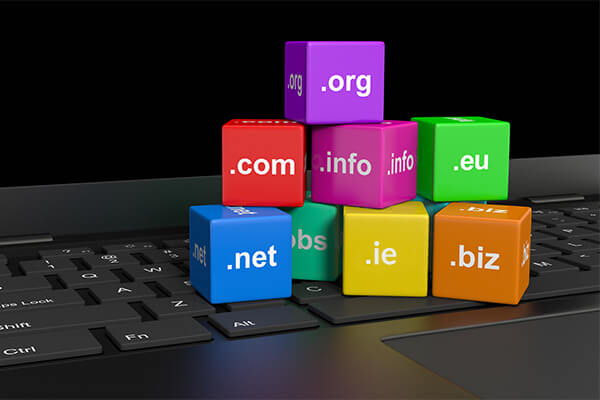After the pandemic, there’s good reason to fear that technology can suck the humanity out of schools. Anyone who encountered “Zoom in a room”—whereby masked students sitting six feet apart in classrooms stared at Chromebooks on which their teacher lectured from her kitchen table—appreciates how ugly this can get. But this is only half the story. Technology can also strengthen human ties and bring us together. It was Zoom, after all, that allowed families and friends to interact across vast distances during the pandemic.
In an education sector that tends to swing between unbridled techno-optimism and unhinged technophobia, Marina Umaschi Bers’s new book, Beyond Coding: How Children Learn Human Values Through Programming, is a welcome change. Umaschi Bers, professor of computer science and human development at Tufts University, sketches out a picture that shows how coding education can satisfy both parties, promoting the skills that the techno-optimists favor and the human goods—connection, community, and generosity—that the technophobes worry computer education too often elides.
Quite simply, what Umachi Bers is offering is a way to think about computer and technology education … [+]
getty
Umaschi Bers is no half-hearted technophile. She steadfastly believes in the practical promise of technology and teaching students to code. Given technology’s impact on our lives, she argues that children who lack a grasp on coding risk being locked out of an increasingly tech-savvy world. But she also argues that coding education can and should offer much more, explaining, “I teach robotics to a five-year-old so that she can grow into a mensch, a Yiddish word describing a person of integrity and honor.” Quite simply, what Umachi Bers is offering is a way to think about computer and technology education that doesn’t wall it off from attempts to cultivate character, values, and virtue.
Umaschi Bers offers a useful analogy for thinking about how schools ought to tackle computers, programming, and technology—as a creative “playground” rather than a more stilted “playpen.” Playpens? They’re hemmed-in, safe places where toddlers lean on the sides and peer at the world around them. Playgrounds, however, are environments where we’re creative, where we express ourselves, where we “learn new skills and problem-solve while having fun.” When you think of a rambunctious robotics competition, you’re seeing kids on a playground.
When children code using programming like KIBO or ScratchJr, they have the ability to design their own projects. In these coding playgrounds, children “can make an interactive birthday card for mom or dad with ScratchJr or program a KIBO robot to dance the salsa.” This gives kids an opportunity to create, imagine, and immerse themselves in their work—an opportunity that’s worlds apart from a staid exercise in repetitive coding, or a battle with buggy software.
In 2019, Umaschi Bers, working with kindergarten teachers and school administrators in Boston and Buenos Aires, launched the “Beyond STEM” program to put coding playgrounds into practice. In a study of the program, students demonstrated impressive levels of understanding, knowledge, and skills, but also big growth in terms of collaborating, sharing, and patience. In other words, there’s no necessary distinction between humane classrooms and tech-infused ones.
Umaschi Bers argues that coding and programming are really like learning a second language. Just as reading and writing allow people to communicate, understand the world, and potentially influence it, she explains that the same is true for computer coding. Computer coding is a messy, creative process in which we learn to express ourselves, becoming builders and creators along the way.
Look, there’s nothing to suggest that Umaschi Bers has this right or that she has the recipe to help large numbers of educators bring this vision to fruition. Skepticism about how this works in practice is certainly in order and hard questions need to be asked. Nonetheless, there’s much to like in an approach that enables educators to embrace the technological future without losing sight of the human core of schooling.
For parents or educators who find themselves wondering whether schools need to choose between values and modernity, Umaschi Bers’s vision is both heartening and humanizing. But it’s one, Umaschi Bers makes clear, that depends wholly upon our willingness to embrace it.






